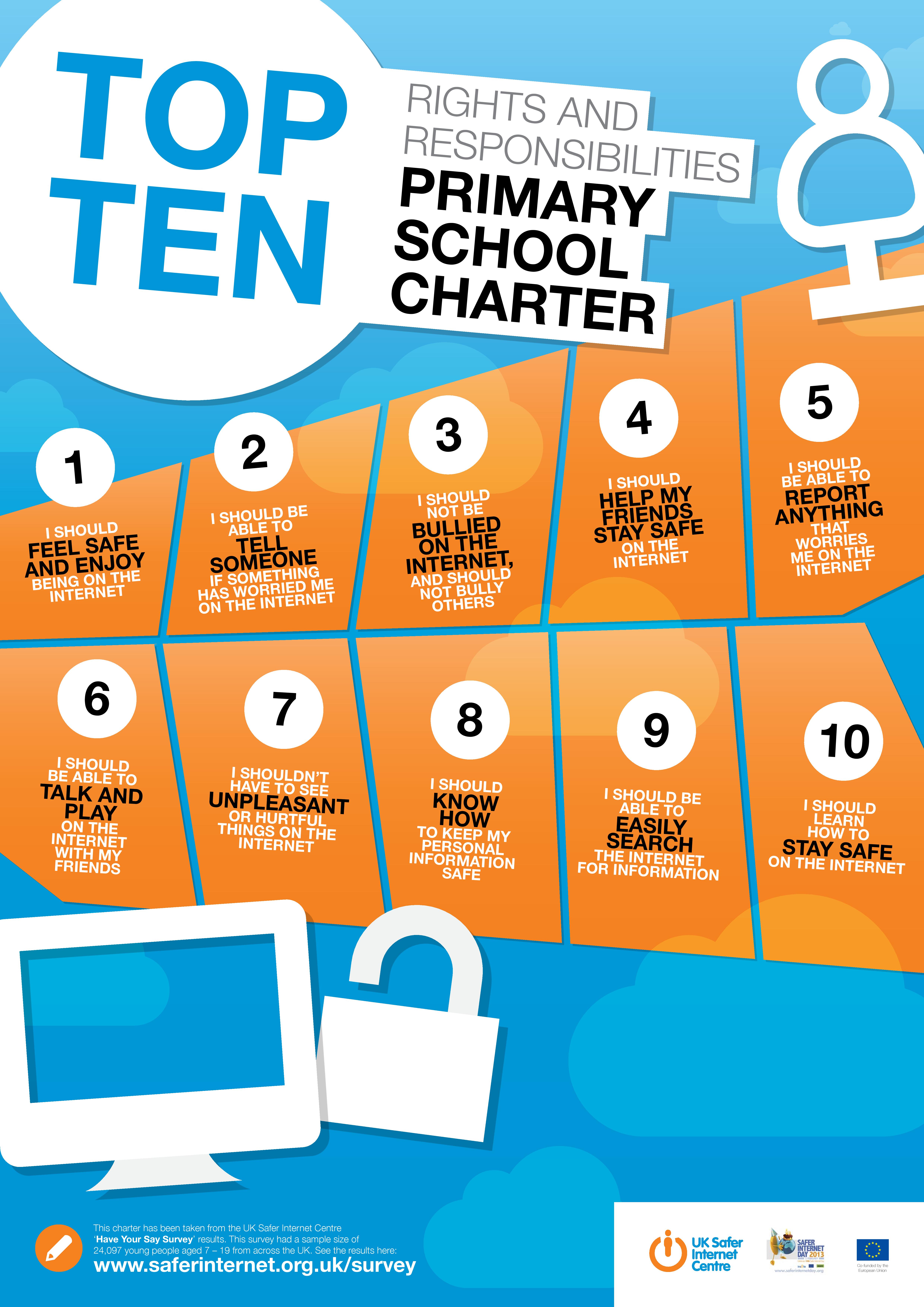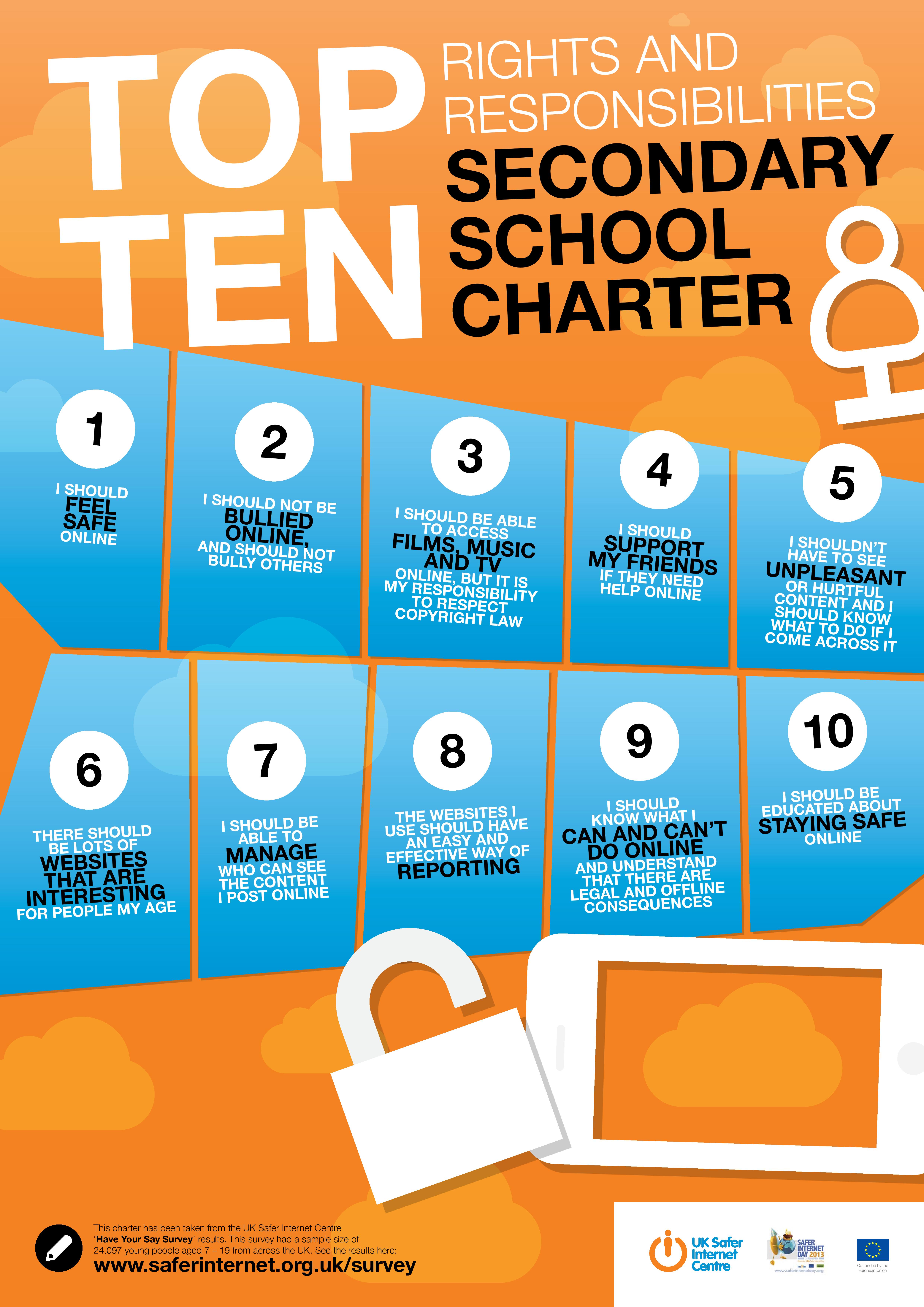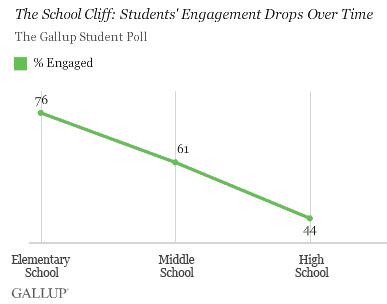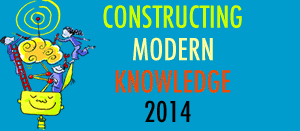It’s educational technology conference time of year! There are so many educational conferences that you could literally attend 24/7. Hopefully some of you are taking students along with you to share their work.
There’s nothing more exciting than seeing students step up and hit a home run when presenting, and there’s nothing more excruciating than watching the slow-motion train wreck of a bad presentation by young people who are clearly unprepared or uninterested.
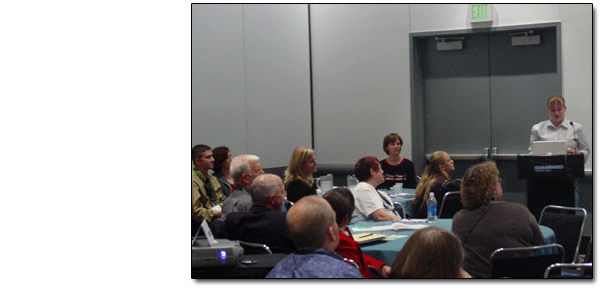
Here are some tips to have the “home run” presenting experience instead of the “train wreck”! (By the way, authentic student voice doesn’t mean they don’t need adult help.)
Ten Tips for Coaching Student Presenters
- Make it personal. Have each student tell their own story from their own perspective. It will be more engaging than a generic presentation of what the whole group did.
- KISS. Edit down to the essentials. As you practice, help them edit their story down to the essential points. Stick to a 5 minute rule - no one person should talk for more than 5 minutes at a time. Break up the presentation with videos or demonstrations.
- Practice, but not too much. Practice out loud in front of other students or teachers if possible. Try not to over-practice; it will sound forced and boring.
- Memorize the opening line. Practice the first line until they can do it in their sleep.
- Don’t use a script. Even a memorized script will sound stilted.
- Try it without notes. It’s a crutch that can be more of a distraction than a help.
- Look at the audience, not the screen. Don’t stare at or read from the screen, it disconnects the speaker from the audience.
- Timing is everything. Agree on a “secret signal” that means wrap it up. Practice this so they learn to complete a thought without stopping mid-sentence. Explain that you will interrupt their presentation if they go on too long.
- Audiences may behave badly. One very odd thing about conferences is that people may get up and leave in the middle of a session. This is normal - don’t take it personally. Be sure to warn students.
- Be authentic. Some people are serious, some are born game show hosts. Let them be who they are, use their own words, and show their own personalities.
- Rules are made to be broken. If you have one (or more!) exceptionally articulate students, give them more time, but make sure they can stick to the essential message of the presentation.
For more tips, check out this PDF - Sharing Student Voice: Students Presenting at Conferences (PDF). It also covers:
- Balancing the needs of the audience with the needs of students
- Research on student voice, 21st Century skills and student empowerment
- How to plan and submit sessions with student presenters
- Maintaining student ownership and authentic student voice
- Logistics tips for bigger conferences and exhibit halls
- The role of the teacher
Let’s get out there and share!
Sylvia

